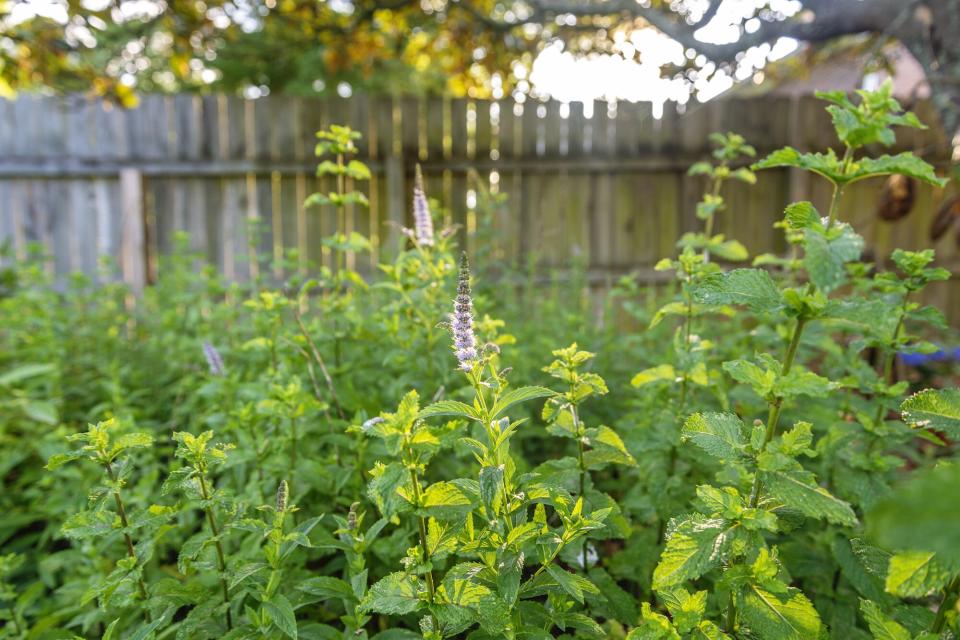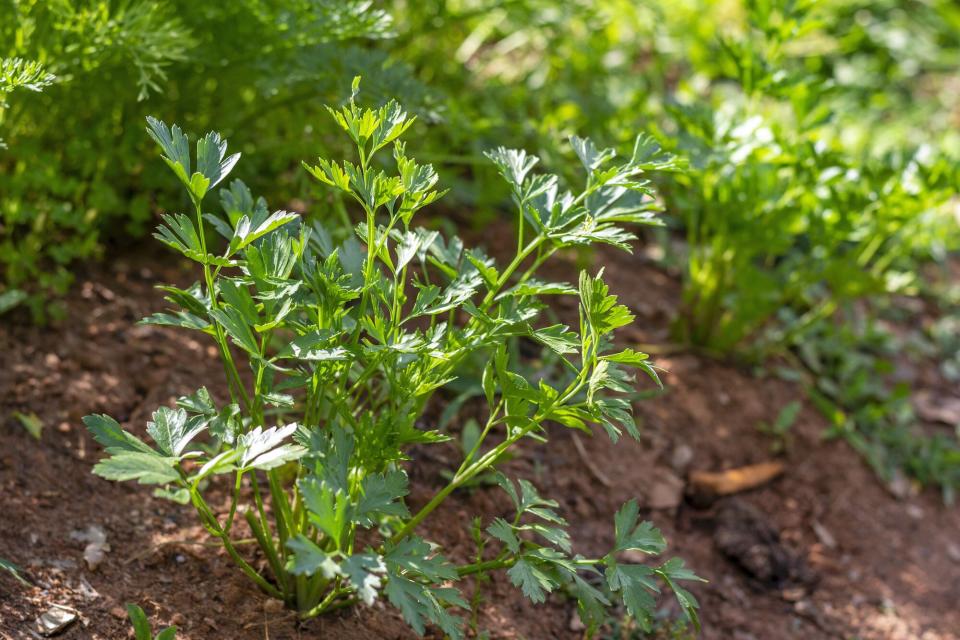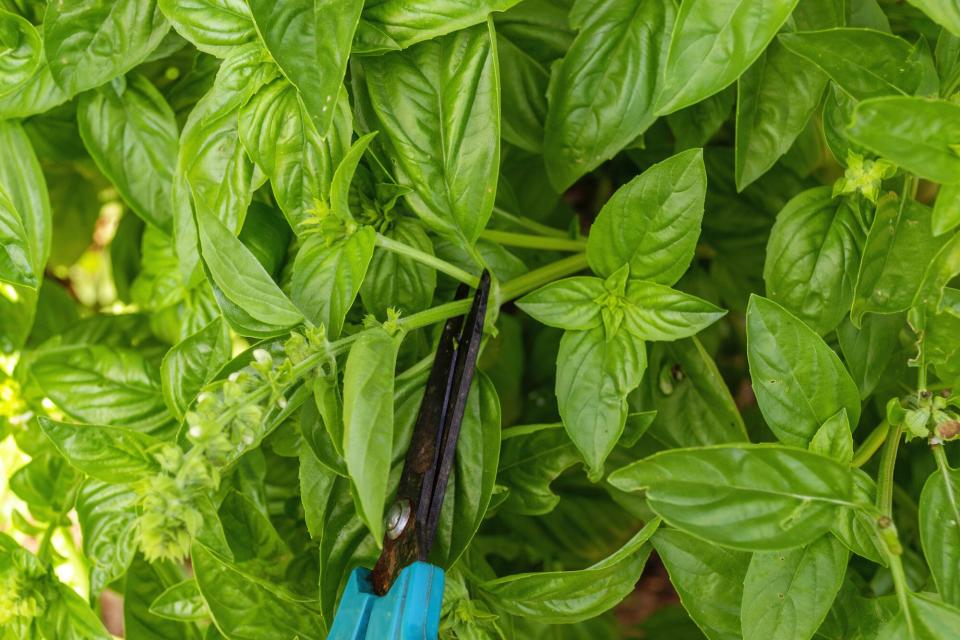5 Herb Gardening Secrets Only the Pros Know
Herbs are the reason I got into gardening. They are easy to grow, they need little attention once established, and they add a burst of flavor to your dishes. They are also significant pollinator plants when in bloom, and they offer plenty of color and interest in a landscape. However, many people are intimidated to grow them, and are not sure what to do with them when it's time to harvest. I've spent the last 15 years growing herbs year-round in my Georgia garden, and I use them for cooking and crafting. I love herbs so much that I even wrote an entire book about growing and using them, called Crafting with Herbs. Here are my pro tips for herb gardening.
RELATED: The Biggest Mistakes You're Making With Your Indoor Herb Garden
Buy Starter Plants
If you are just starting out, using starter plants is the way to go. Yes, growing herbs (or any plants) from seed is inexpensive and you get a greater selection of varieties, but I discourage it.
Seeds require a specific environment for germinating and hardening off before you plant them. For the same price (and often less) as a packet of seeds, you can purchase starter plants for basic culinary herbs like basil, rosemary, sage, thyme, parsley, and English lavender.
When you have a season or two under your belt, then branch out to other specialty varieties. There are dozens of different varieties of basil, sage, and other herbs, and they all have subtle differences in taste and appearance. Getting starter plants for less common varieties will cost more, but after a season or two, you'll know what it takes to grow them, so your chances of success will increase.
Stick With What You Will Use
There are over 600 varieties of mint. But how many of those varieties do you need in your garden? Think about what you like to cook or craft and buy according to your tastes and needs.
Also, make sure you are picking the right varieties. Although an herb may be in the same family, there are differences in flavor. If you want to make homemade pesto, don't buy Thai basil, which has a strong anise flavor. Spend some time thinking about what you want to do with the herbs before you purchase them. This will help you narrow down your choices and pick the right herbs for your needs.

Don't Use Rich Soil
Most herbs aren't picky about their soil. However, the only requirement is that the soil be well-drained. One spring, I got a wild idea to create an elaborate tiered planter. I filled it with a compost-rich potting mix and planted it with my favorite herbs. They all did terribly.
Meanwhile, the herbs growing in my amended Georgia red clay soil thrived. After a season, the perennial herbs regrew in the planter and did fine. The moral of the story is herbs do not like rich soil, so don't bother spending a ton of money on it. However, if your soil is heavy (like my clay soil), you should amend it to drain better by mixing in some compost or other organic material.

Prune, Prune, Prune
One of the hardest things for a gardener to do is trim off healthy growth, especially when you are not going to cook with it—however, trimming herbs encourages growth. As an herb grows, it will eventually set flowers. Once it goes to flower, you will not get new foliage growth from that stem. Pruning herbs encourages new foliage growth, making them full and bushy.
If you feel bad tossing pruned cuttings into the compost, then create with them! Dry them for off-season use or use them in a floral arrangement as greenery filler. Pruning herbs is a "must" to maintain a healthy plant. However, it's OK to let some plants go to flower. Herb blooms are perfect for pollinators and add some color to your herb garden. I keep a mixture of both pruned and flower herbs in my garden.

Propagate Stem Cuttings
Although I do not encourage seed starting for new gardeners, I do recommend stem propagation. Halfway through the season, you may wish you had gotten more basil or extra oregano plants. Don't head to the nursery to spend more money on starter plants. Most herbs propagate quickly via stem cuttings.
The easiest method is to take a cutting right from a stem not in flower, making sure it's at least 4 inches. Remove the leaves off the bottom two inches. Put the cutting in a glass of water and place it on a sunny windowsill. You should see roots in two to four weeks. Once you see enough roots, pot the stem or plant it in the garden.

 Yahoo Movies
Yahoo Movies 
